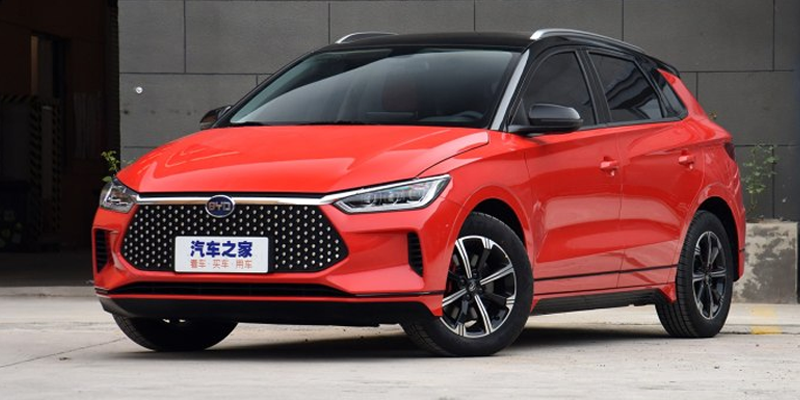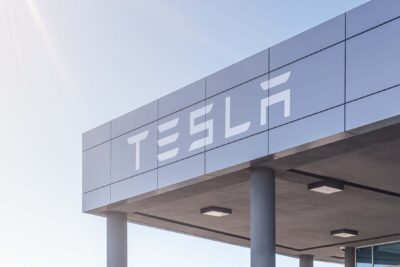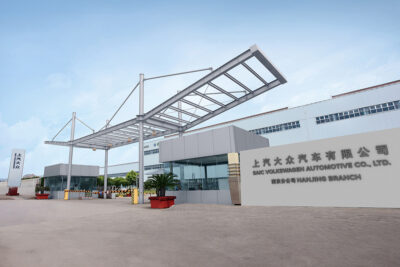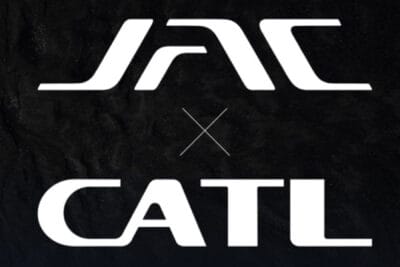China extends but changes NEV subsidies until 2022
The Chinese government has now also extended purchase premiums until the end of 2022. However, the conditions have changed, which should cause particular concern for German premium manufacturers. Tesla is also affected.
++ The article has been updated below. ++
Only a few days ago, the Chinese government had already officially confirmed that it would exempt New Energy Vehicles from the 10 per cent purchase tax in 2021 and 2022. So now there is news on the purchase premiums.
Not only will they reduce subsidies in 2020, 2021 and 2022 by ten per cent each compared to the previous level, but they will now only apply to vehicles up to a base price of 300,000 yuan, which is currently just under 42,400 US dollars or 39,500 euros. The directive was adopted on 23 April and will come into force on 22 July 2020 after three months.
Specifically, electric cars with a range of 300 to 400 kilometres will be subsidised with 16,200 yuan (2,130 euros) in 2020, those with a range of more than 400 kilometres with 22,500 yuan (2,960 euros). For the following two years, the subsidy rates will decrease further by 1,800 and 2,500 yuan, respectively. An electric car with a range of 300 to 400 kilometres will therefore still be subsidised with 12,600 yuan (1,660 euros) in 2022, a model with a range of more than 400 kilometres with 17,500 yuan (2,300 euros).
It remains to be seen whether a premium of 2,300 euros at a vehicle price of up to 39,500 euros still represents a convincing purchasing aid. Experts regard the newly defined limit of 300,000 yuan as a kind of “Lex Tesla”: The Model 3 has very quickly gained market share in China and has probably won over customers from one or other Chinese manufacturer in the process. Model 3 is currently starting in China from 323,800 yuan. In the past, there have been reports that Tesla could rely on CATL LFP cells for the basic version of the MiC Model 3 to reduce costs further. Either way, Tesla will have to lower the base price if Model 3 is to remain eligible.
At least that is what Li Xian, CEO of the smaller EV manufacturer Leading Ideal, and He Xiaopeng, CEO of Xpeng Motors, suspect according to a report. Both believe that the subsidy policy provides Tesla with the justification to lower the price of the standard version of the Model 3 to below 300,000 yuan. This would mean that a prestigious Model 3 would still cost 277,500 yuan after subsidies are deducted. In comparison, domestic manufacturers sell their electric cars in a price range of 150,000 to 400,000 yuan – in direct competition with Tesla.
The problem for German manufacturers is that many of their electric models are well over the 300,000 Yuan mark. A simple price reduction is not enough here to remain eligible for subsidies. BMW could still manage this with the i3 (currently starting at 305,800 yuan). However, a Mercedes EQC is offered for 579,800 Yuan.
Besides, electric cars will have to offer a range of at least 300 kilometres in the future to be eligible for the purchase premiums (currently 250 km). This is in line with an earlier report by Bloomberg, according to which the government had already discussed stricter criteria for the price and minimum range.
The current rates have been in effect since July 2019. 25,000 yuan (around 3,300 euros) will still be paid for electric cars with a range of at least 400 kilometres. Electric vehicles with a range of fewer than 250 kilometres have been out since then. Previously, the minimum range was 150 kilometres.
Partly due to the lower subsidy rates, new NEV registrations had fallen sharply since mid-2019. Only a robust first half of the year prevented the NEV market from suffering significant losses for the year as a whole – the minus was four per cent. In the first half of 2020, the corona crisis was added to this, with the occasional factory and dealer closures. In the first three months of the year, NEV registrations fell by 56.4 per cent year-on-year to 114,000 vehicles, according to figures from the Chinese Association of Automobile Manufacturers, and the entire Chinese automobile market was also deeply in the red due to the closures.
Update 03 May 2020: Tesla has reacted to the new base price. The Tesla Model 3 Standard Range Plus produced in Shanghai now starts at list prices from 291,800 yuan and, taking into account the promotion in China, is now available from 271,550 yuan (currently around 34,650 euros or 38,450 US dollars).
pandaily.com, gasgoo.com, miit.gov.cn (in Chinese), teslarati.com, insideevs.com (update Tesla pricing)





0 Comments